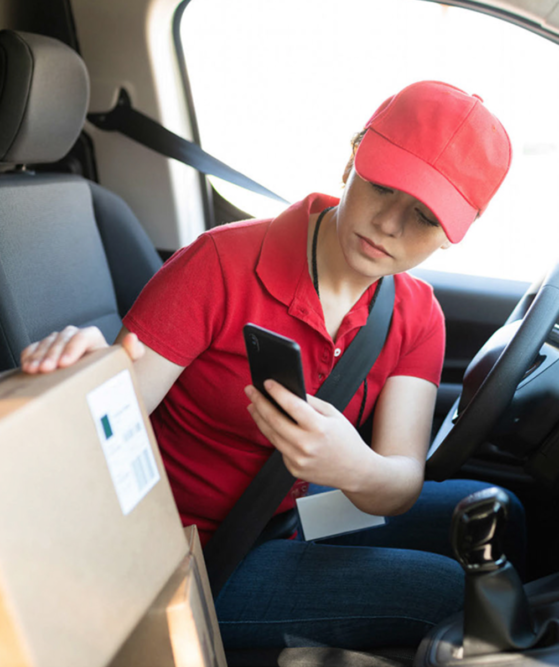Survey: parcel delivery drivers are frustrated by using their own smartphones for work
48% of U.S. delivery drivers are required to use their own device but only 44% are compensated for it, Scandit finds.

Mobile and handheld computers have become a crucial tool for last-mile delivery, but research shows that 90% of drivers are irritated by a lack of functionality in the device they use for operational delivery tasks, according to data capture technology provider Scandit.
Specifically, over a third (31%) wish they could scan more than one code at a time, 27% struggle with scanning damaged barcodes, and 23% have difficulty scanning in low-light conditions, whether they use a dedicated scanning device or a smartphone, the company said.
Additional frustration comes from the finding that 48% of U.S. delivery drivers are required to use their own device—also known as Bring Your Own Device (BYOD)—but only 44% are compensated.
The findings come from a report titled “Global Delivery Insight—Driver Technology in the Last Mile” which surveyed over 1,200 delivery drivers from 11 countries worldwide, spanning 30% in the gig economy, 23% on short-term contracts, and 47% employed by last mile delivery firms.
Among those surveyed, smartphones were by far the most used operational device (82%) for drivers providing post and parcel delivery. But regardless of which device drivers use, many are not equipped to access the full potential of their technology, with 43% of respondents only using them for two or fewer operational tasks.
While the global delivery industry relies on a flexible workforce, employers are missing out when they require their employees to use their own handhelds, Scandit found. That’s because BYOD practices add a burden of cost to the employee (hindering recruitment and retention) and deprive companies of an opportunity to standardize devices and therefore customer service and operational efficiency.
“It is imperative that drivers can tap into intuitive tools which ease operational pressures, assisting them in dealing with rising delivery volumes and the wider range of tasks requested of them on a day-to-day basis,” Samuel Mueller, CEO and co-founder of Scandit, said in a release. “For business leaders, activating a wider range of functionality into a pre-existing smart device makes sense, not only resolving some of the challenges their workforce faces, but also increasing productivity and supporting scalable services such as peak season. The last mile is always the hardest, but it’s essential to get it right as effective delivery fulfillment is key to delivering high customer satisfaction.”
Related Articles
Copyright ©2024. All Rights ReservedDesign, CMS, Hosting & Web Development :: ePublishing